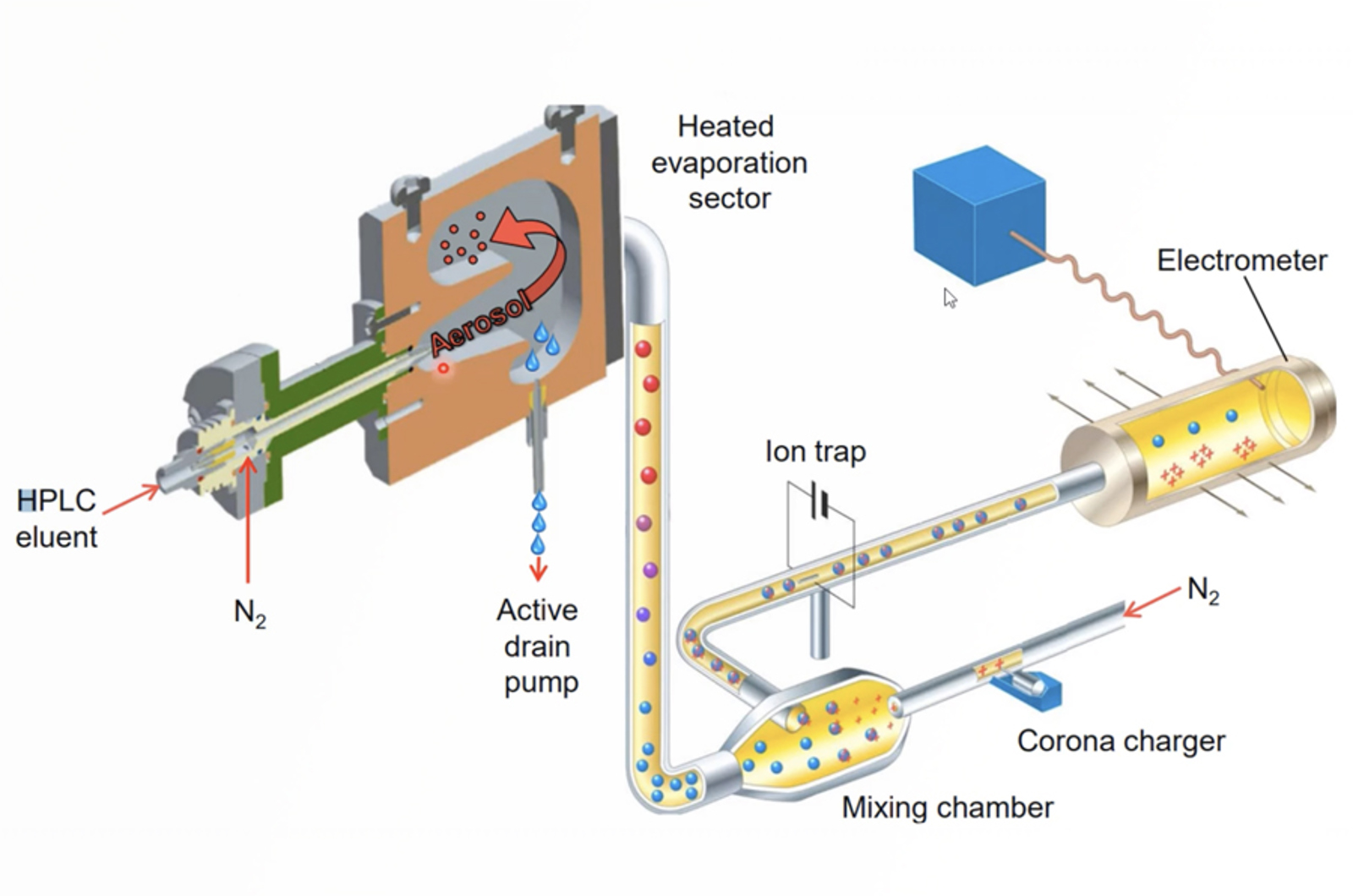Leveraging Optimal Performance of Charged Aerosol Detection Through Optimization and Troubleshooting Techniques
In recent years, charged aerosol detection (CAD) has become a valuable tool for fast and efficient quantitative chromatographic analysis of drug substances with weak UV absorption. Some of the well-known applications of CAD are analyses for organic and inorganic counterions, sugars, and lipids. CAD is known to respond uniformly to a broad range of analytes; CAD also has other strengths, including ease of use, reliability, and wide dynamic range. The reluctance associated with utilizing CAD is diminished by understanding both the non-linear detection response and the sensitivity of the detector to all non-volatile compounds. In this talk, we will highlight some of the ways that CAD in particular is different from UV-absorbance detection, including non-linear response to analyte concentration, and sensitivity to mobile-phase impurities. We will show how careful optimization of parameters and troubleshooting can lead to successful development of analytical methods, nearly on par with that or conventional UV absorbance detector.

